Nuts and Bolts: Restringing Your Classical, Electric and Bass Guitars
If your guitar is sounding a little dull and lifeless, won’t stay in tune, or you can’t remember the last time you did it, it’s time for a string change.
There are just a few subtle differences in how you’ll get new strings onto your guitar, depending on what type of guitar it is and, if it’s electric, what type of tuners it uses. Note: for a steel string acoustic guitar you will follow the instructions for an electric guitar with Gibson style tuners, and disregard the note about saddles.
Classical Guitars. Classical guitars use nylon strings. Changing these strings involves wrapping the string around itself first at the bridge and then at the tuning post to keep it in place.
- Loosen the first string you want to change by turning its tuner clockwise. Pull the string out of the tuner first, and then pull it out of the bridge.
- Push just a couple of inches of the new string through the bridge, going away from the headstock. Wrap it around itself, going first under the string, once and then twice. Pull tight. See fig. 1 for an illustration.
- Turn the capstan (the white plastic piece that holds the string at the headstock) so that the hole in it faces you. Push the free end of the string through the hole..
- Pull the string up from behind the capstan and loop it under itself, and then over and back under to make a simple knot.
- Pull tight!
- Wind the tuner clockwise to pitch.
- Repeat steps 1-6 for the remaining five strings.
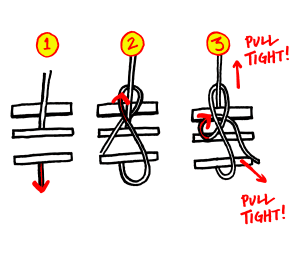
Fig. 1
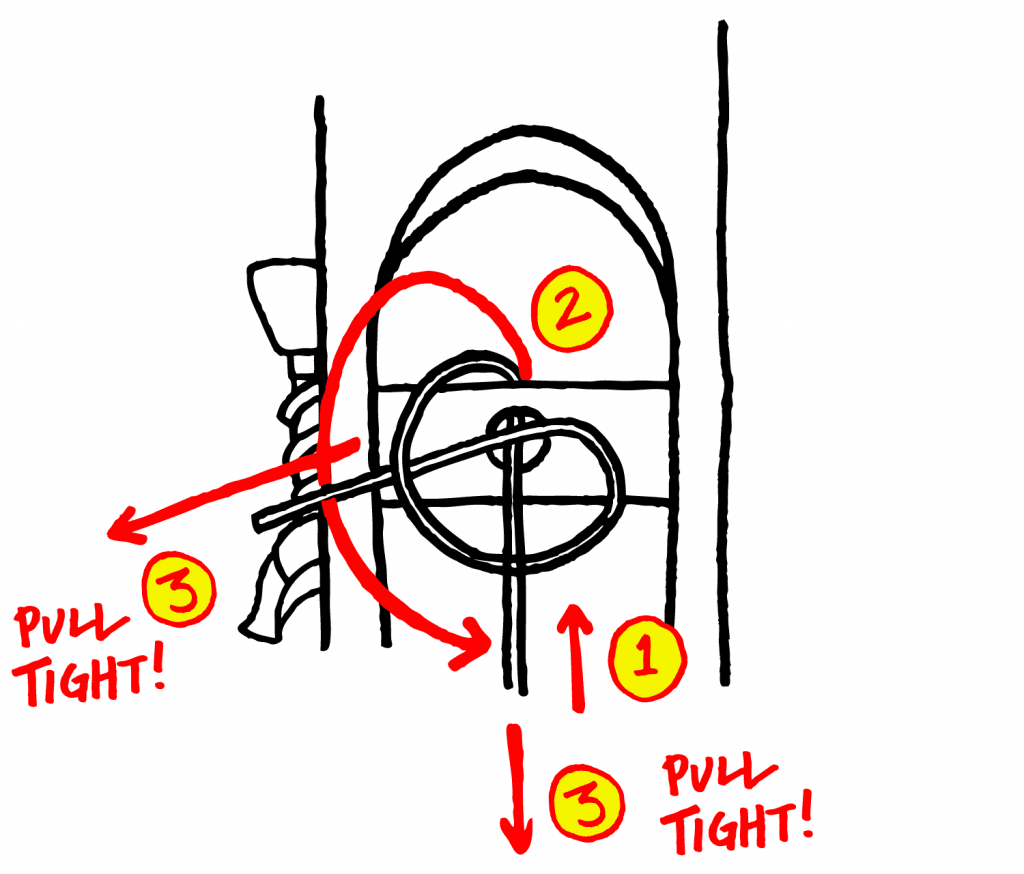
Fig. 2
Electric Guitars. The two types of tuners you’re most likely to encounter here are Fender style and Gibson style. Fender style – also called “open slot” or “vintage style” – tuners are all on the same side of the headstock and the strings are inserted directly into the head of their tuners’ screws (down into the posts, into “open slots”). Gibson style tuners are 3×3: three tuners on each side of the headstock. With these, you’ll push each string through a hole in its tuner’s post. See fig. 3 and 4 for illustrations of guitars strung with Fender and Gibson style tuners, respectively.
The first few steps are the same for both types of tuners.
- Loosen the first string you want to change by turning its tuner clockwise. Pull the string out of the tuning post.
- Take a look at the bridge of your guitar, at the side closer to the tailpiece. Do you see colored plastic balls? These are present at one end of each string and their purpose is to anchor the string at the bridge.
- If they’re there: pull your first string out of the bridge towards the tailpiece.
- If not: turn the guitar over to look at the back, and you should find them there.
- Push the string from the front towards the back of the guitar to free the ball from the body of the guitar, and then pull the string out.
- Push the non-ball end of your new string through its slot in the bridge.
- Pull the string straight from the bridge to the headstock. Cut the string with wire cutters before inserting it into the tuning post; you only want as much extra string length as you need to wind the string to pitch so it stays in place. A good rule of thumb is to cut the string so it reaches two tuners past the one you’re using (e.g., for the low E string, cut at the tuner for the D string).
Fender style
- Kink the string to make a right angle about a half-inch from where you cut. Push the string firmly, straight down into the slot at the top of the tuning post.
- Once your string is in there, keep your finger pushing down on it as you wind the tuner to tighten the string to pitch. This helps maintain tension, which keeps your string from popping out of its slot.
- Run each wind below the previous one, so that the string gets closer and closer to the base of the post.
- Be sure to keep the string in its saddle on the bridge with one hand while you wind with the other.
- Repeat steps 1 and 2 for the remaining five strings.
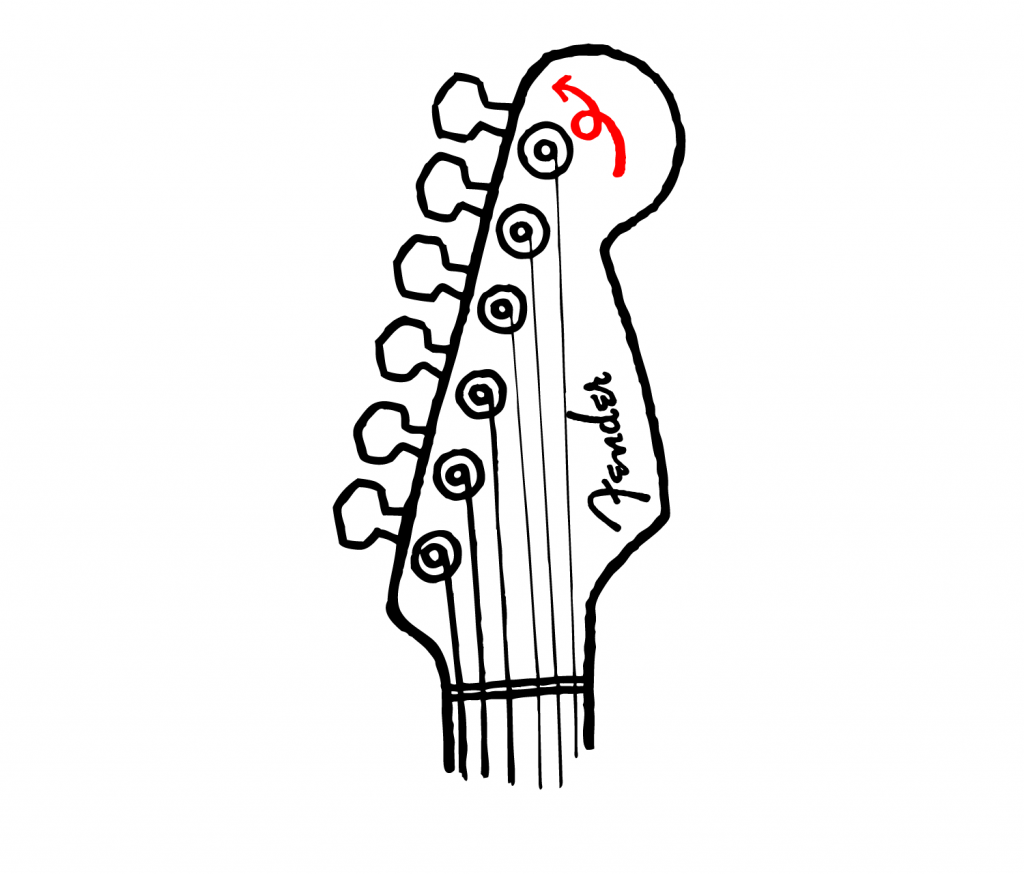
Gibson style
- Kink the string to make a right angle about a half inch from where you cut. Push the string through the hole in its tuning post, running from the center line of the headstock towards its edge.
- Turn the tuner to tighten the string to pitch, paying special attention to the first few winds of the string around the post.
- Make sure your first wind goes over the tip of the new string sticking out of the post. The rest of the winding should go under the exposed tip. This creates pressure between the first wrap and the rest, which holds the string in place in the tuner.
- Be sure to keep the string in its saddle on the bridge with one hand while you wind with the other.
- Repeat steps 1 and 2 for the remaining five strings.
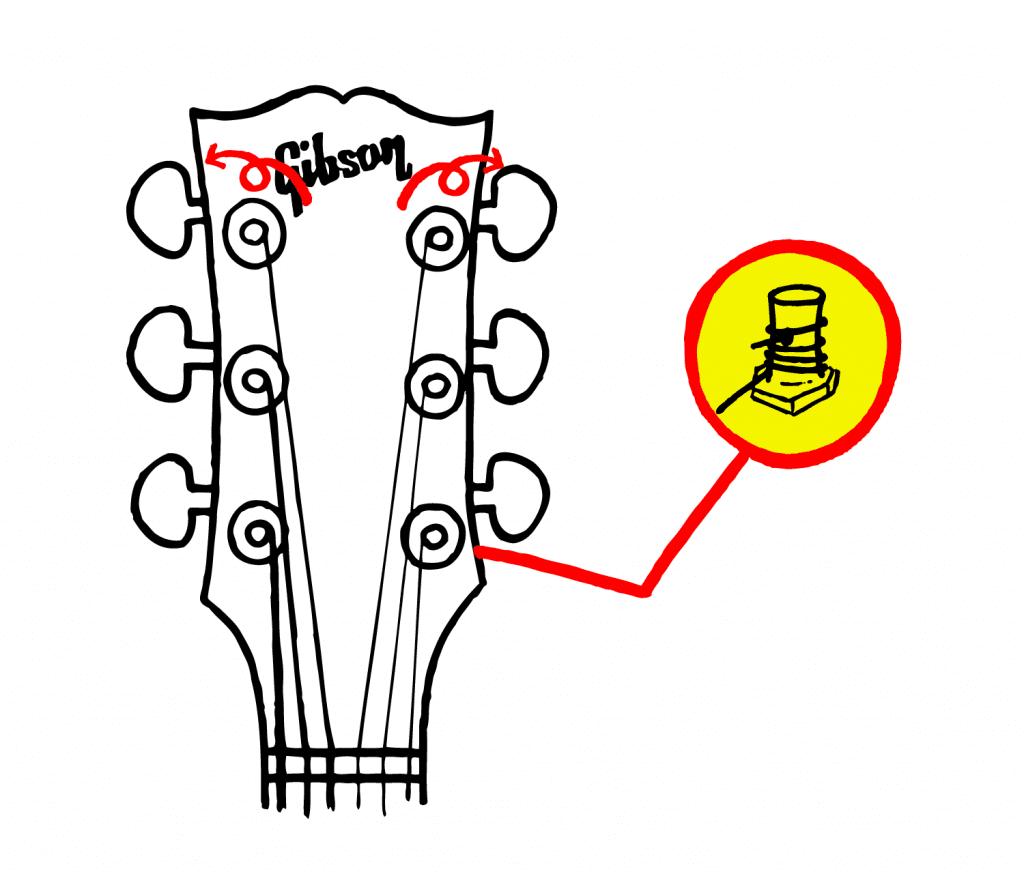
Bass Guitar
If you’re a bassist, the electric guitar instructions above will apply, except that you should leave about 4-5 inches extra when you cut your string. This is because bass strings are longer, thicker and heavier than guitar strings. As such they require more tension (measured in pounds!) to be held firmly in place and stay in tune; the thickness of the strings means that more length is needed to wrap around the tuners and ensure this security.
Helpful Tips:
- For $5-10 you can purchase a string winder that will make restringing much easier and faster, especially for open slot tuners, which require the most effort to keep strings from popping out while you wind.
- It’s totally cool if you have trouble with this at first! DO NOT feel bad about it! The more you do it, the easier it will get.
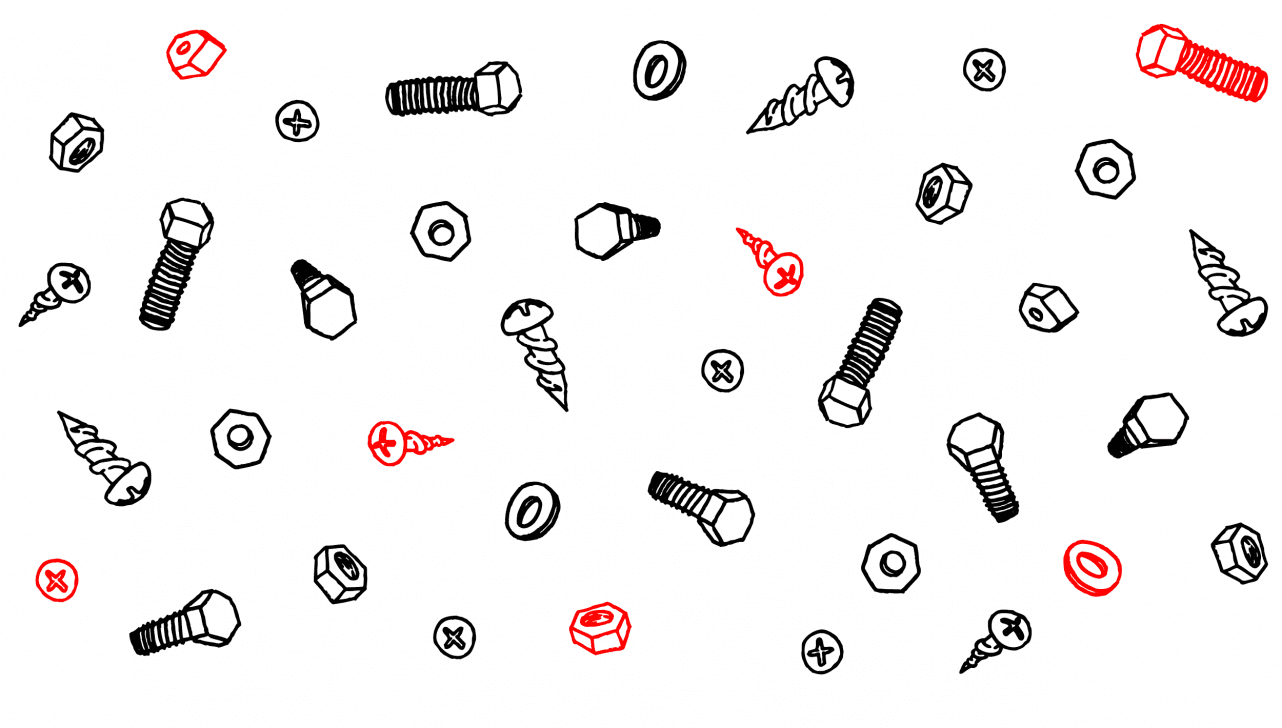





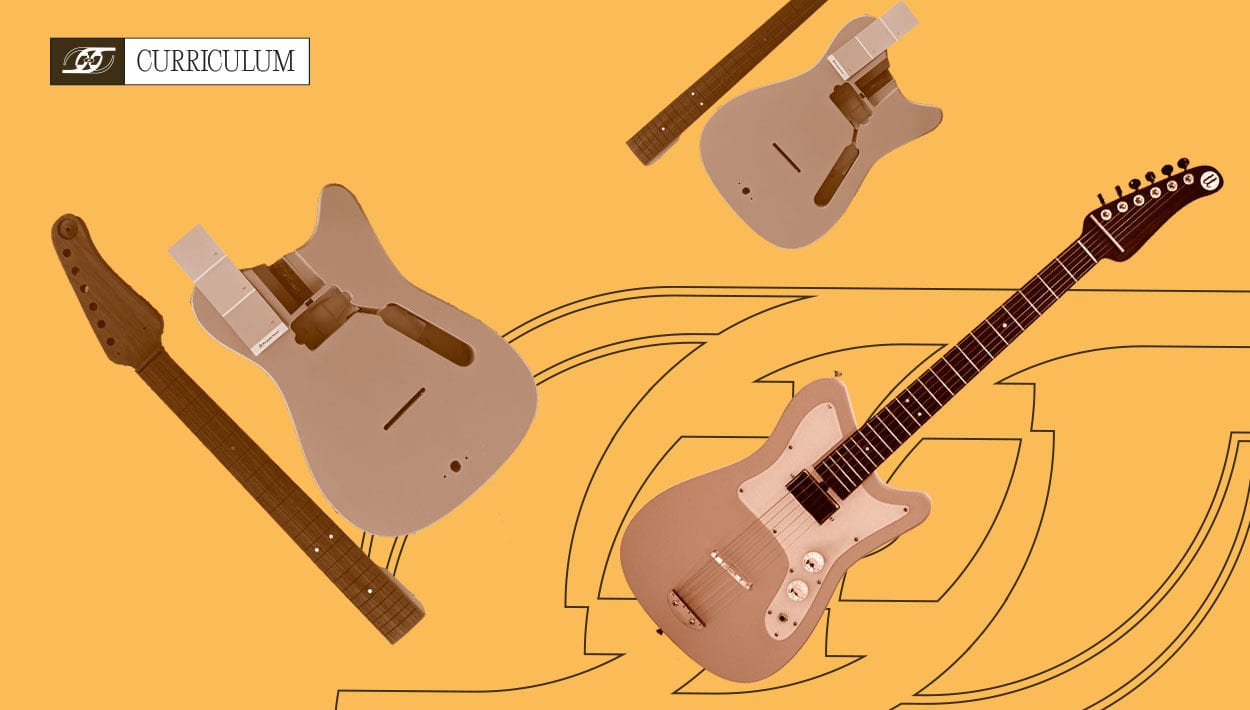







Comments
[…] Remove your strings. If you need it, a step-by-step guide is here. […]
Pingback by She Shreds Magazine - Nuts and Bolts 5: Choosing and Installing your Pickups on March 21, 2017 at 12:58 pm